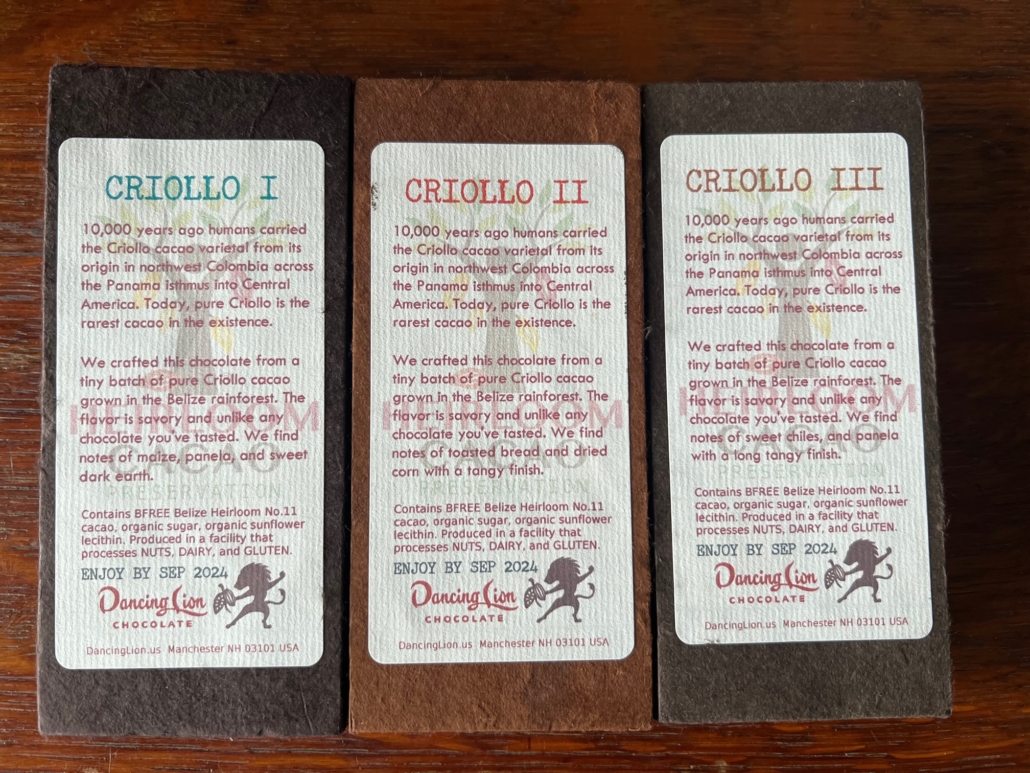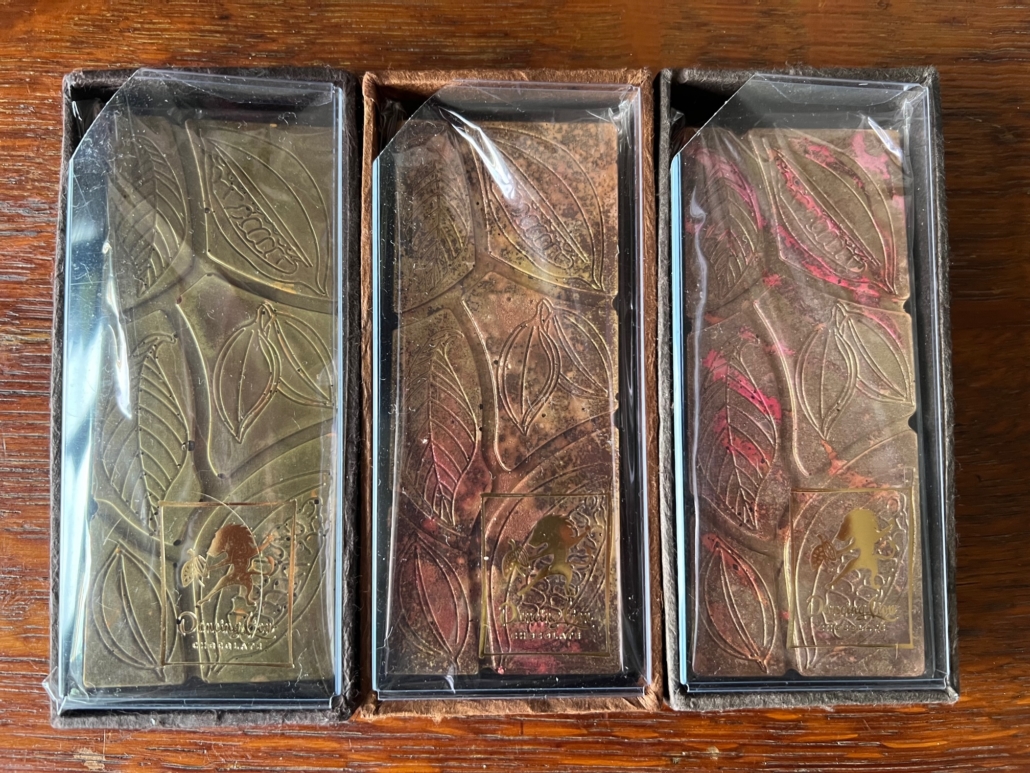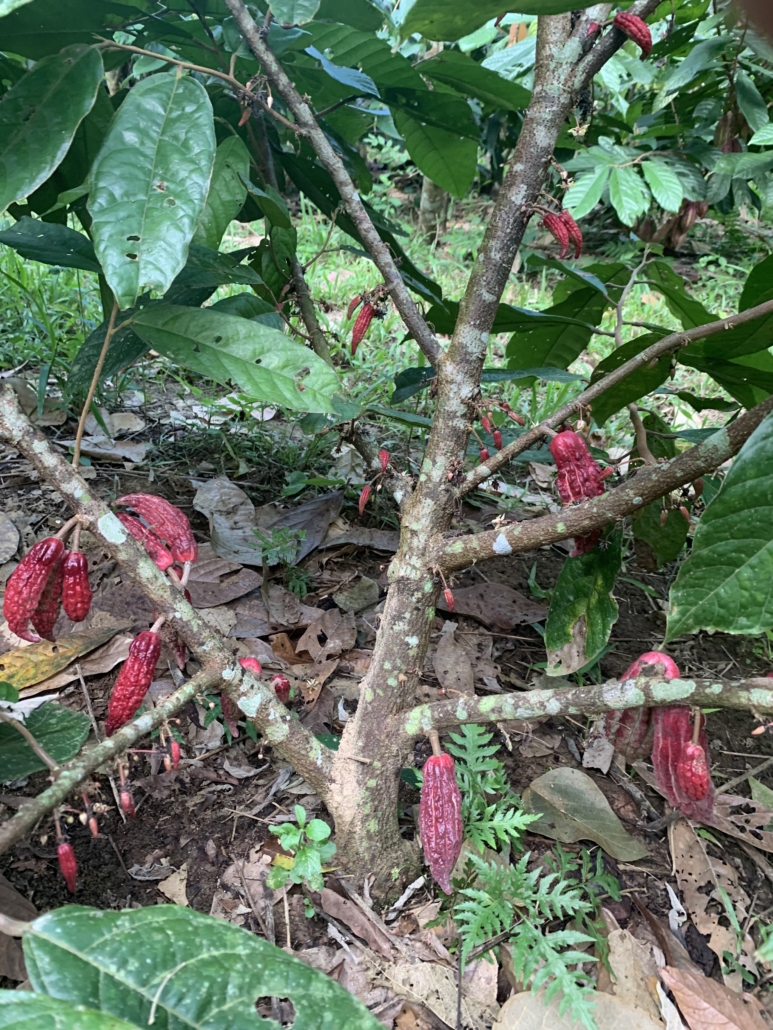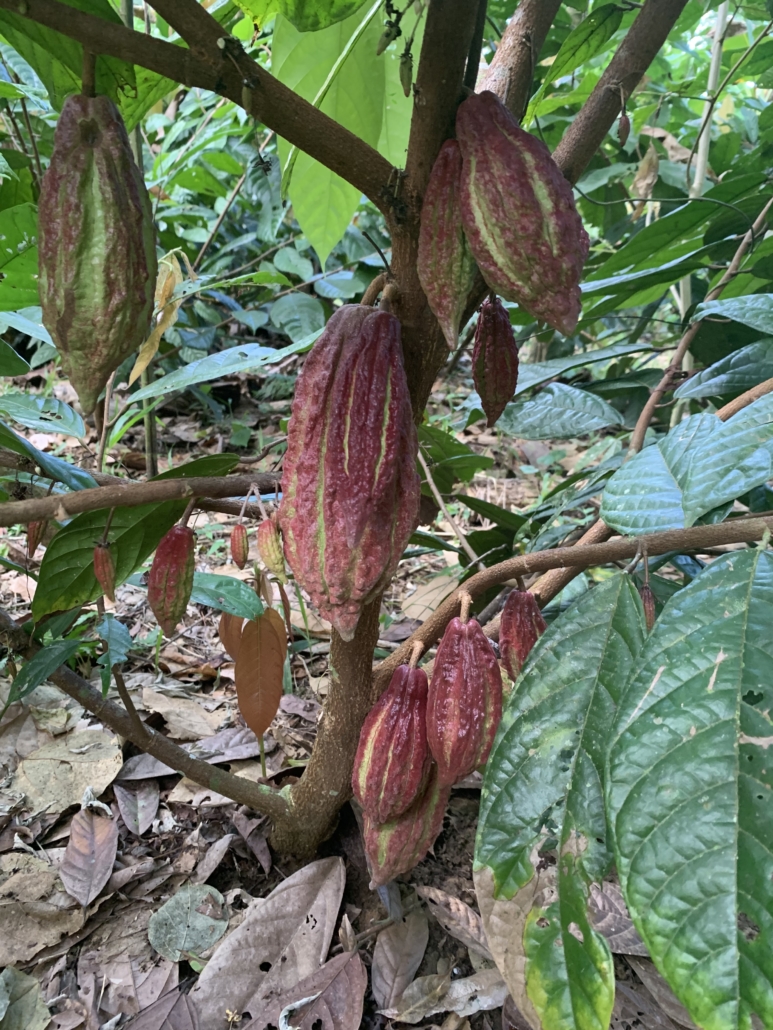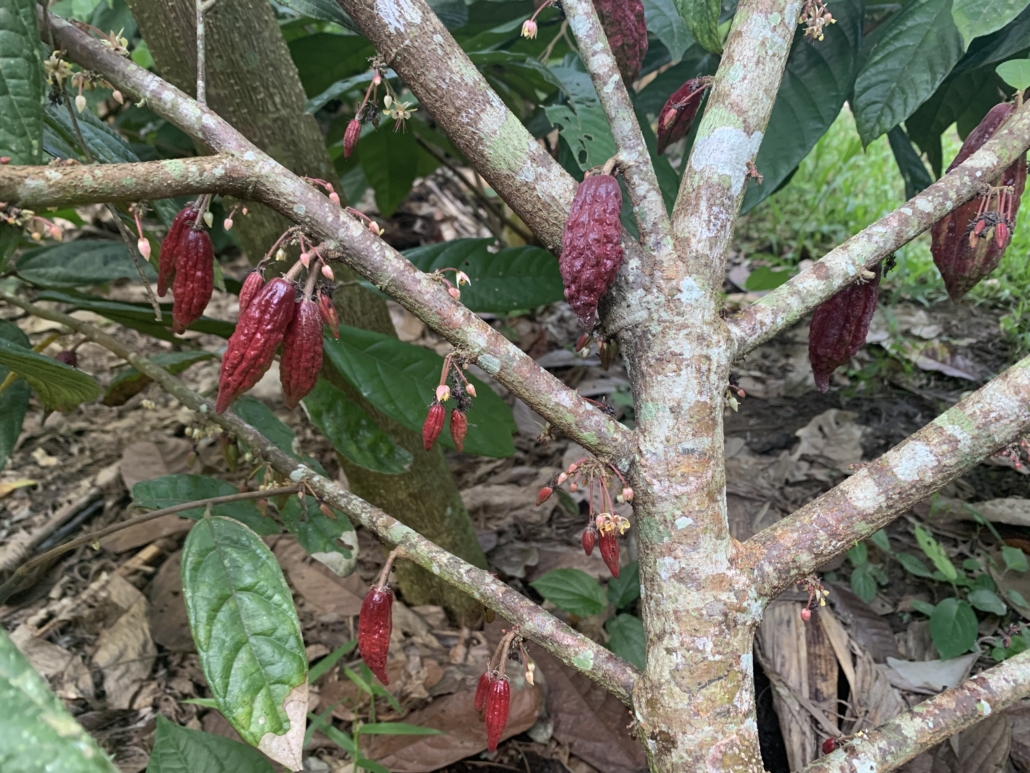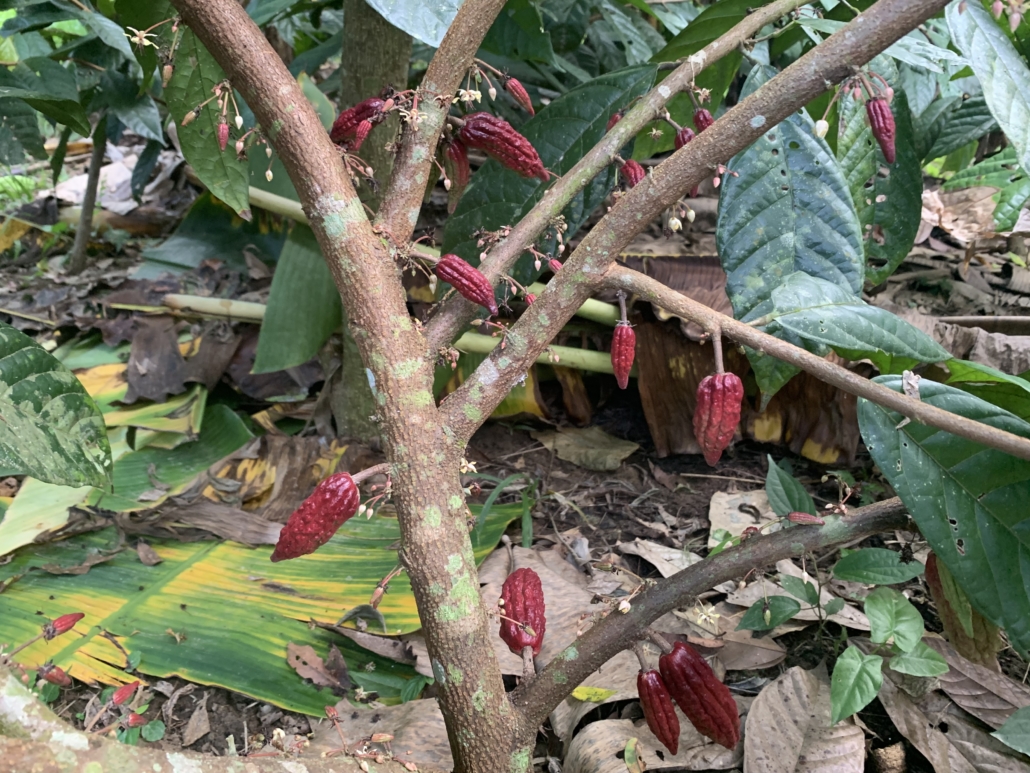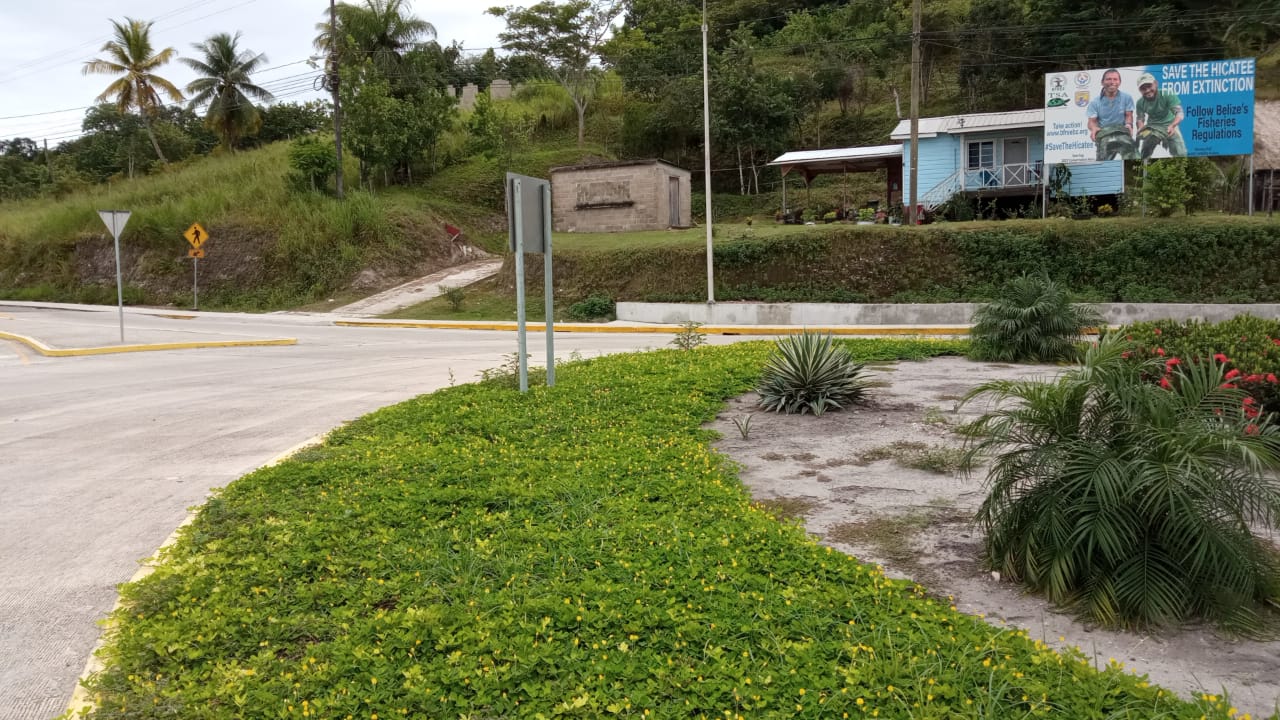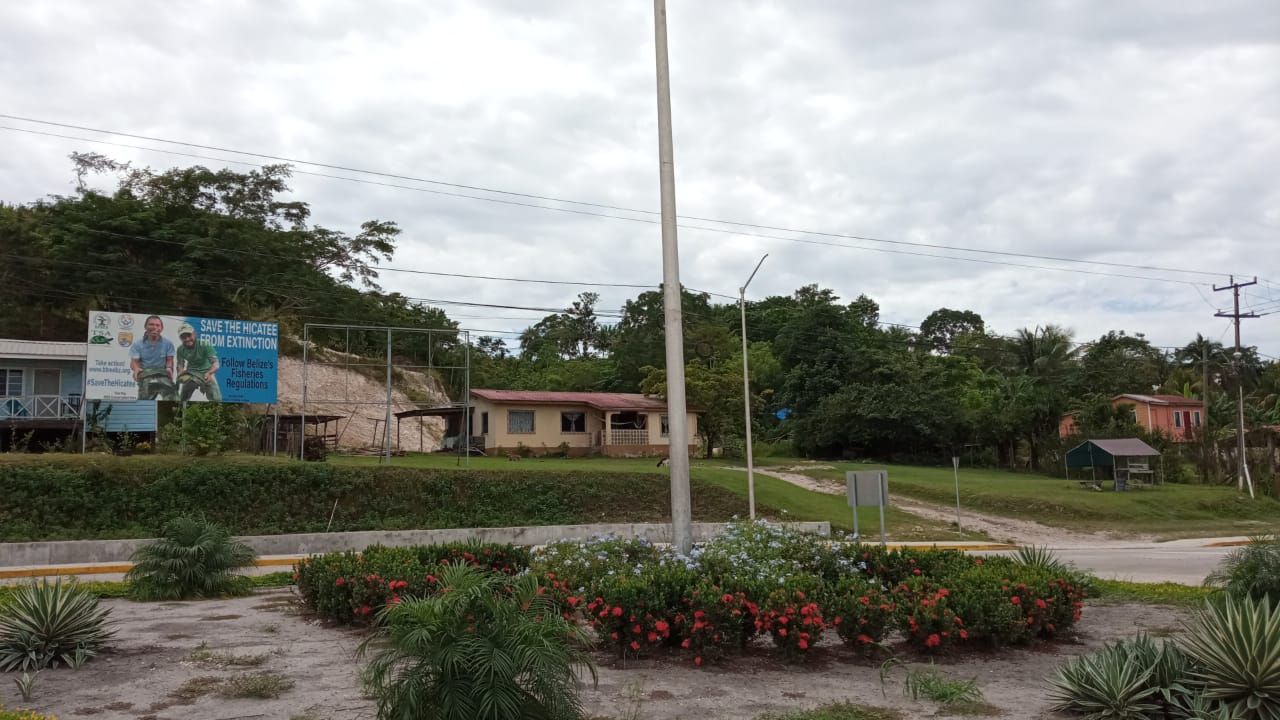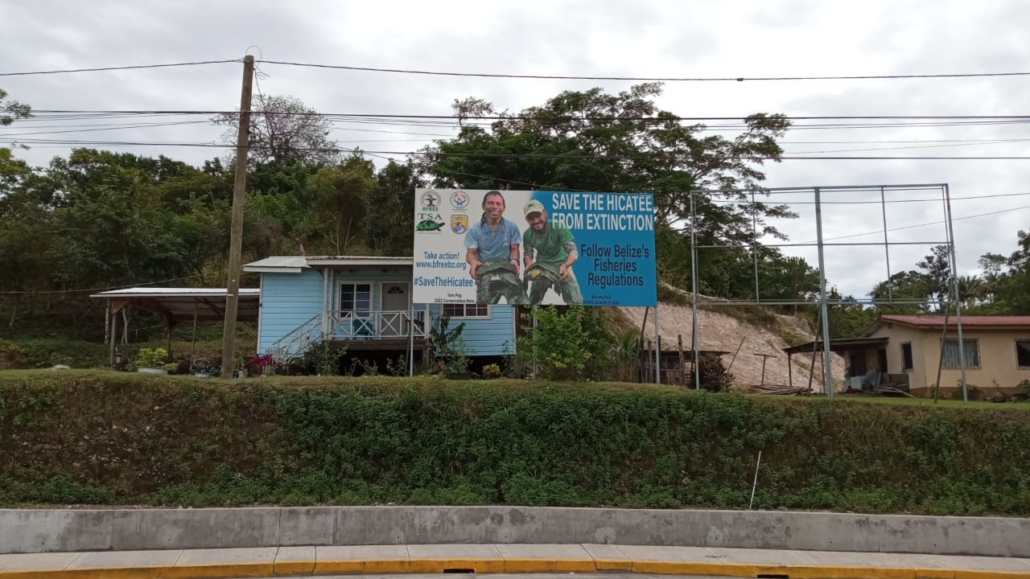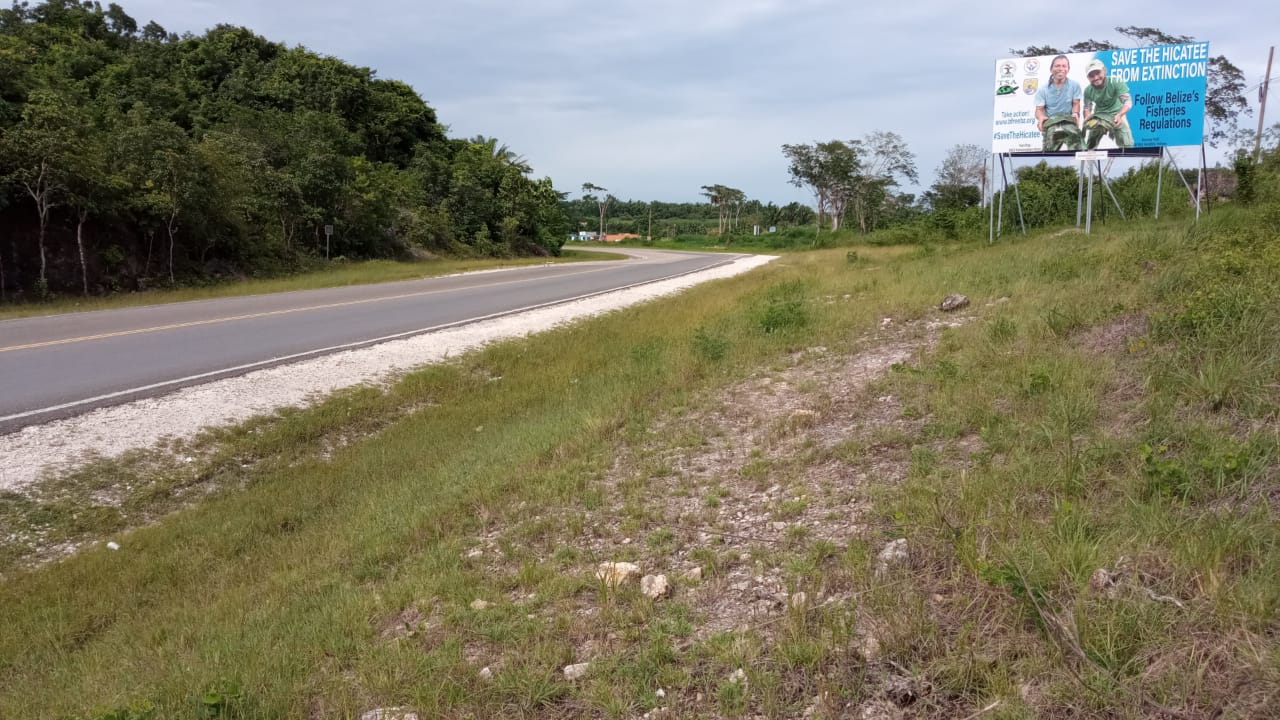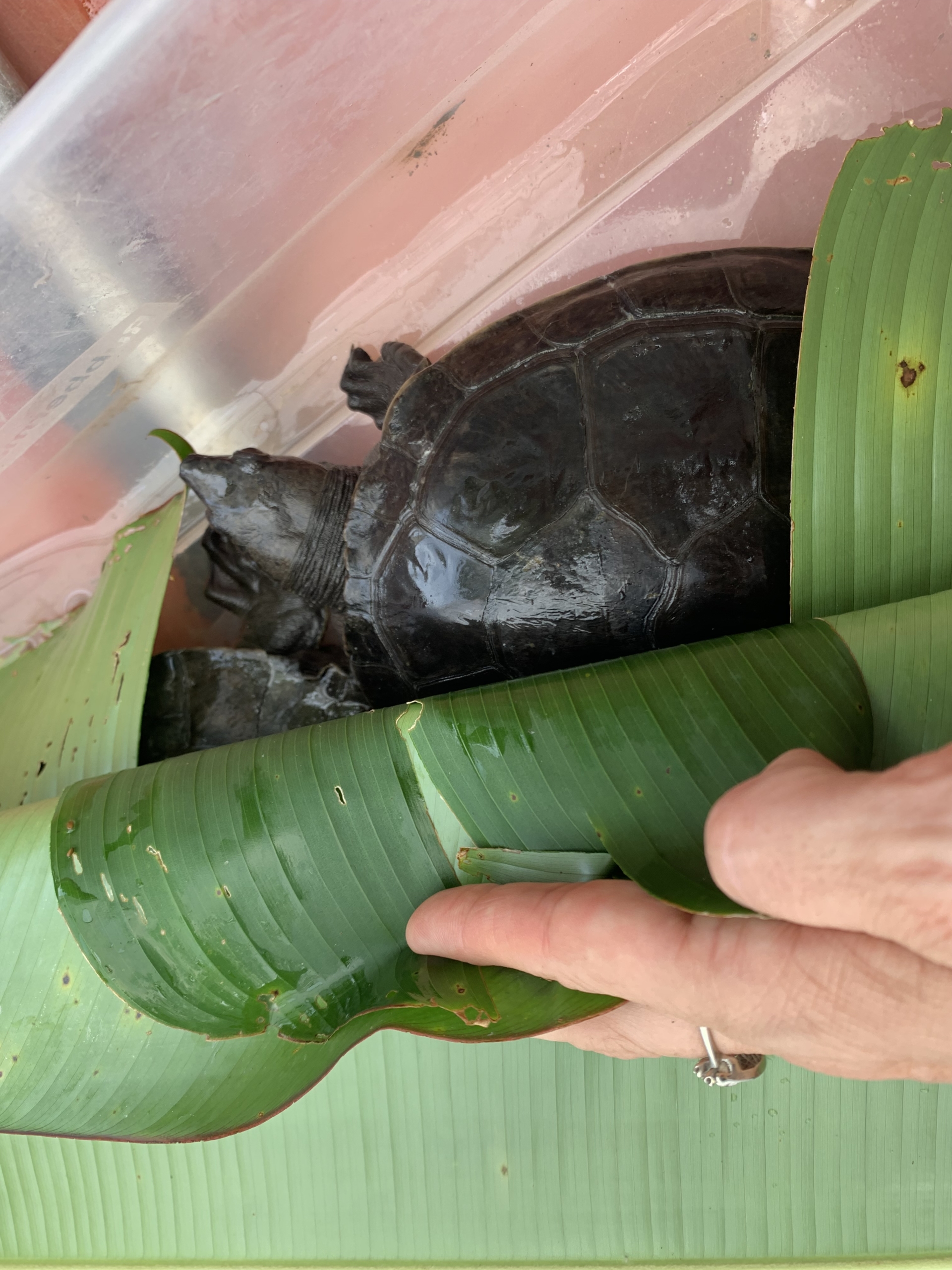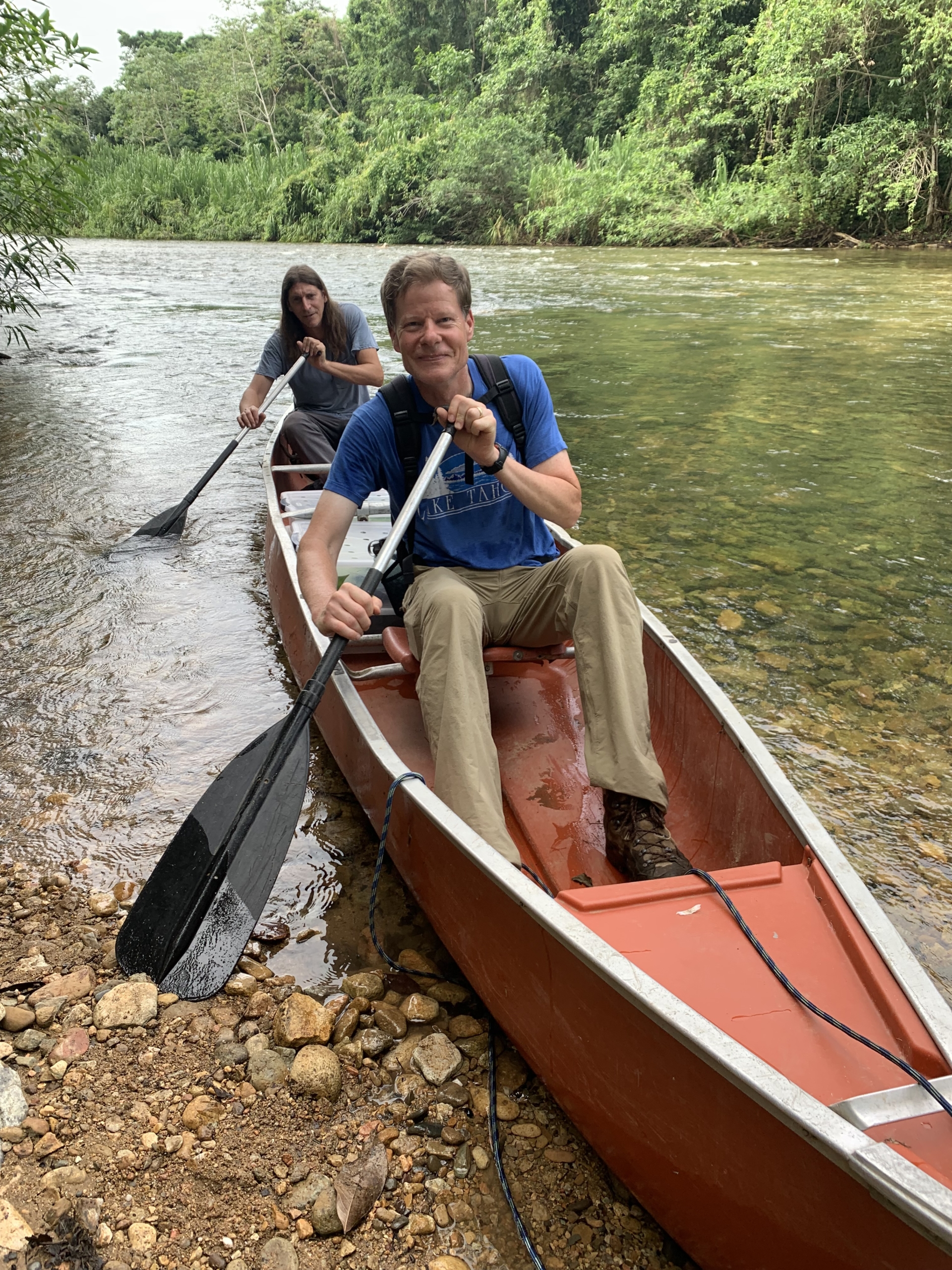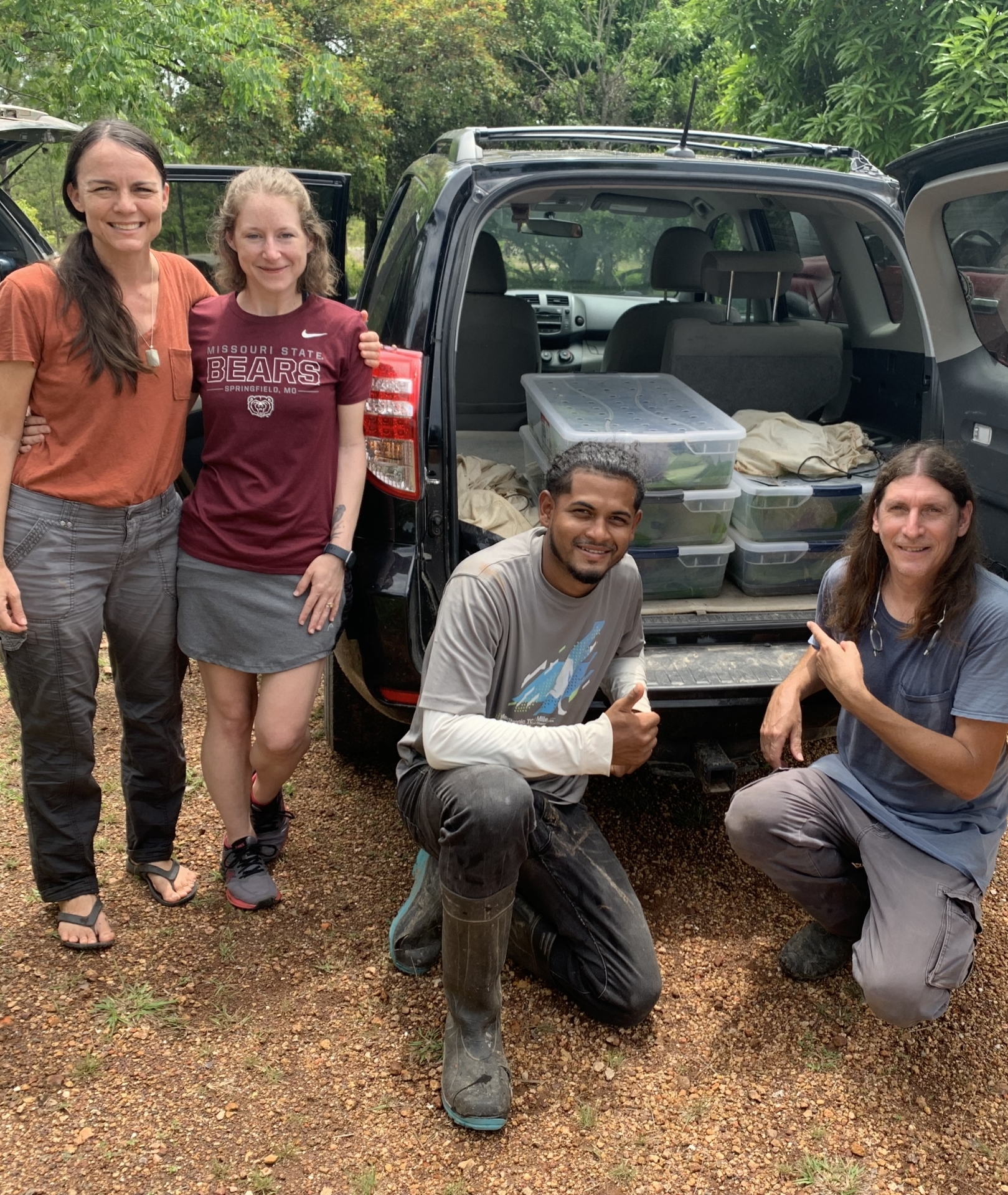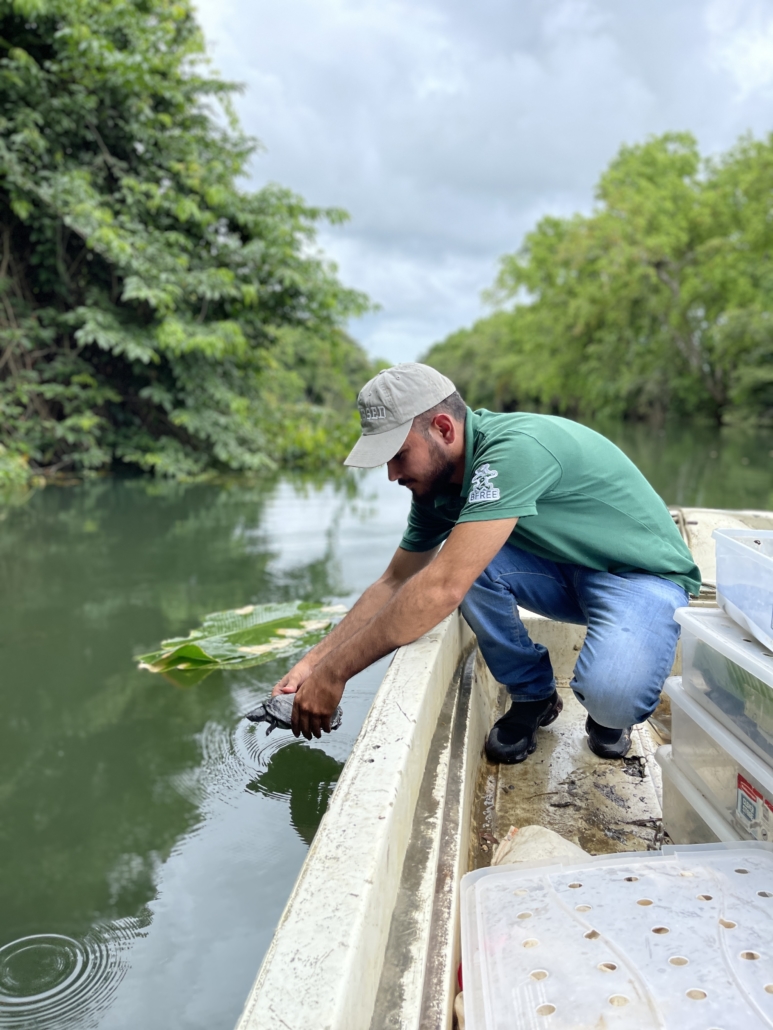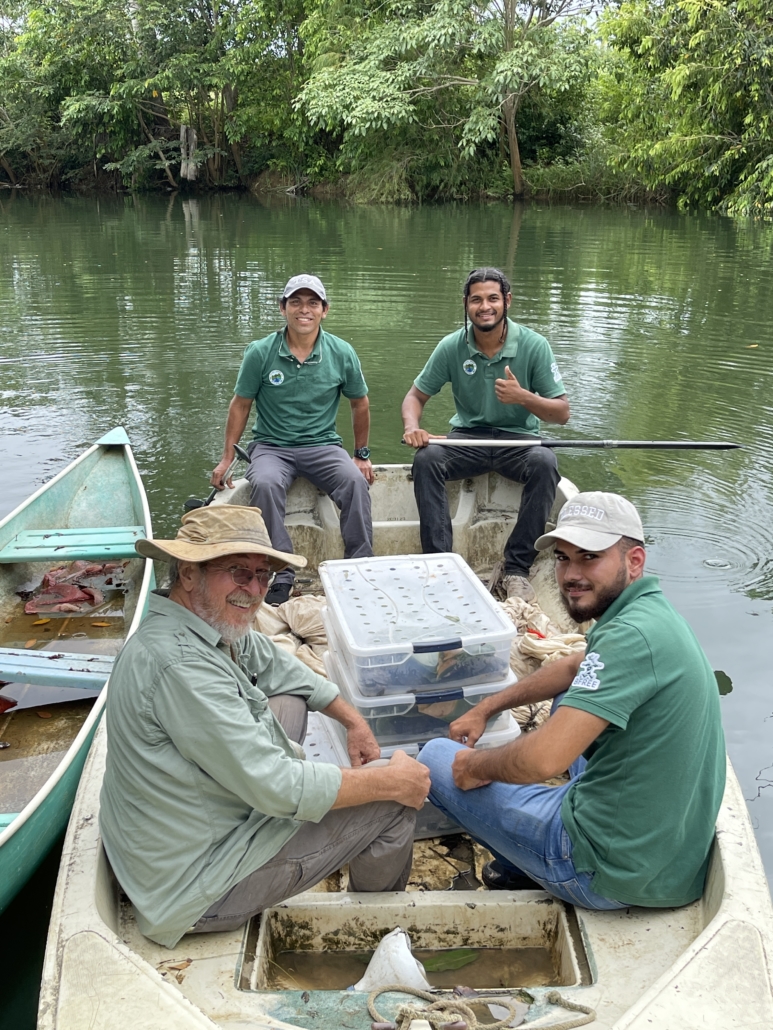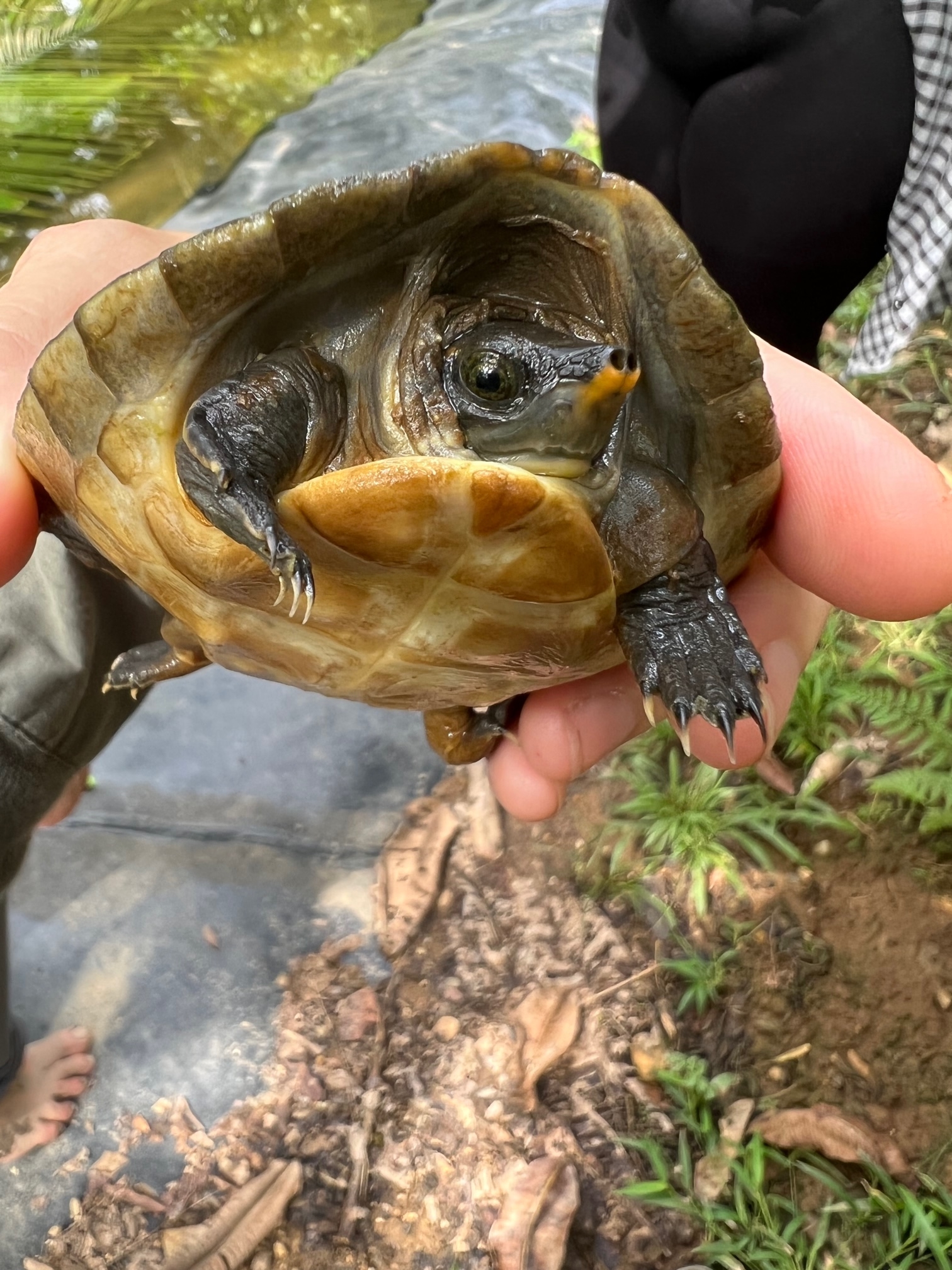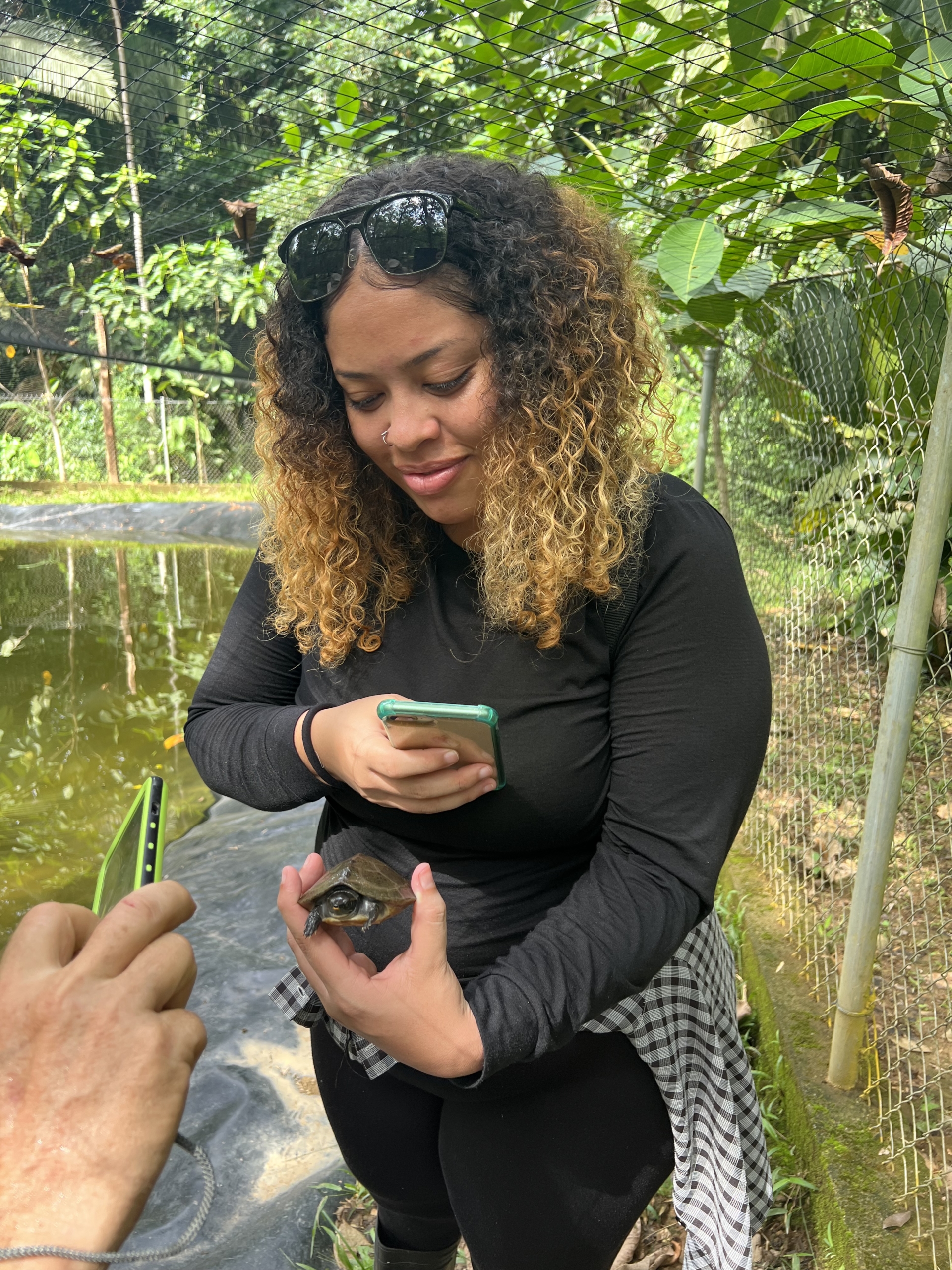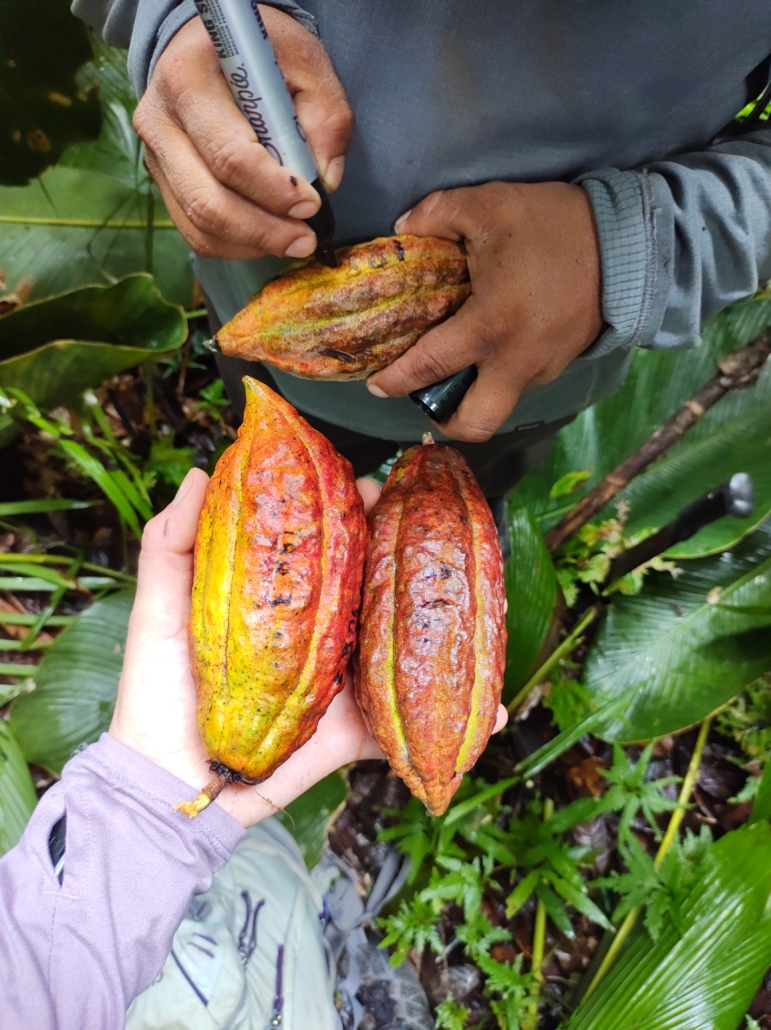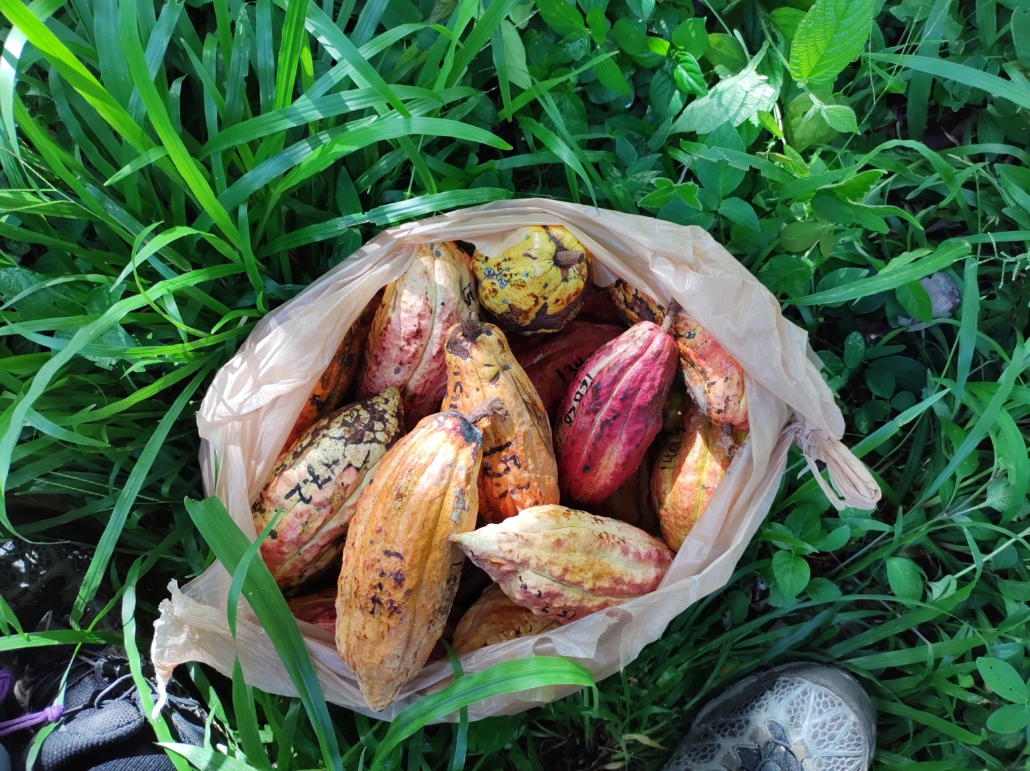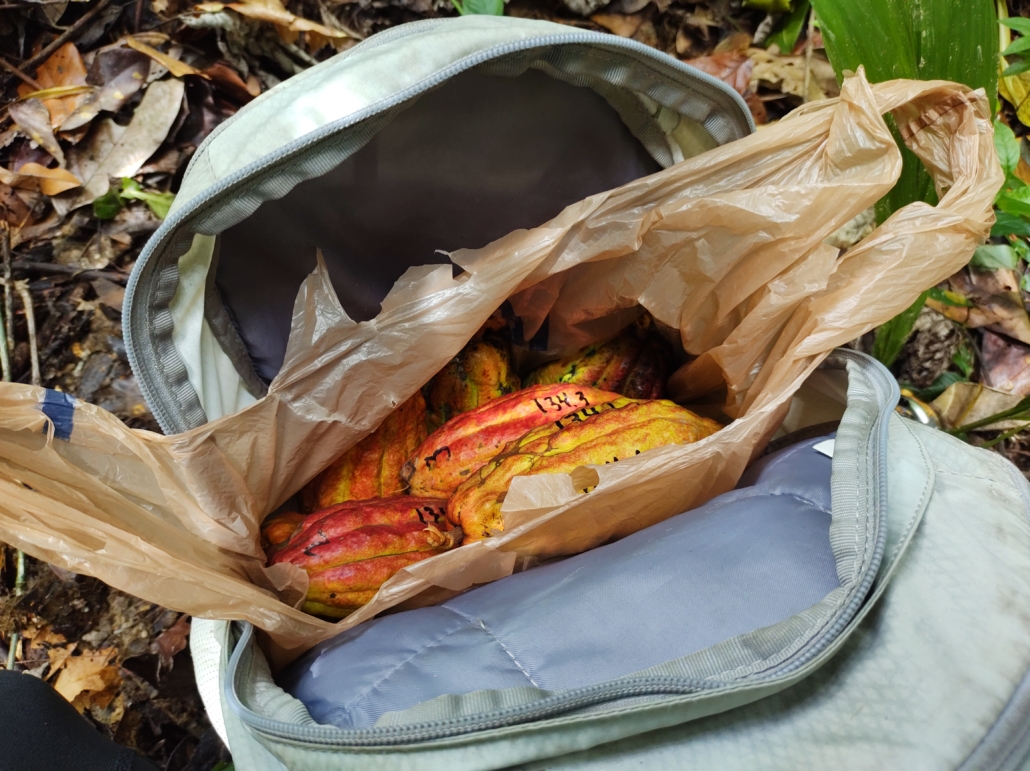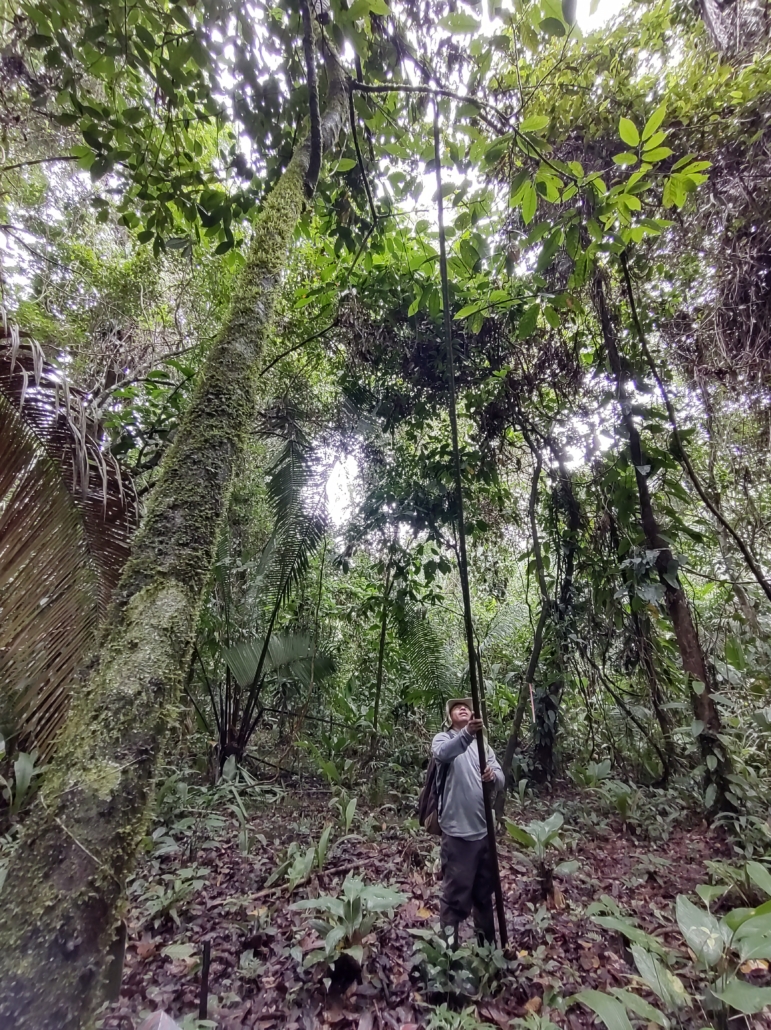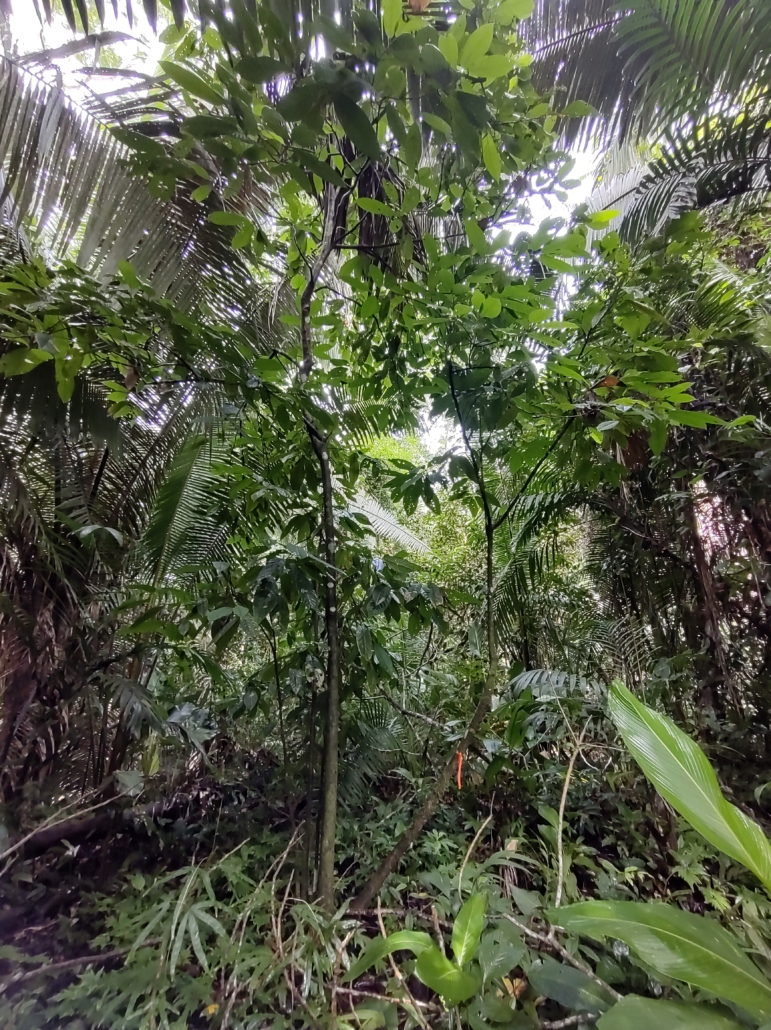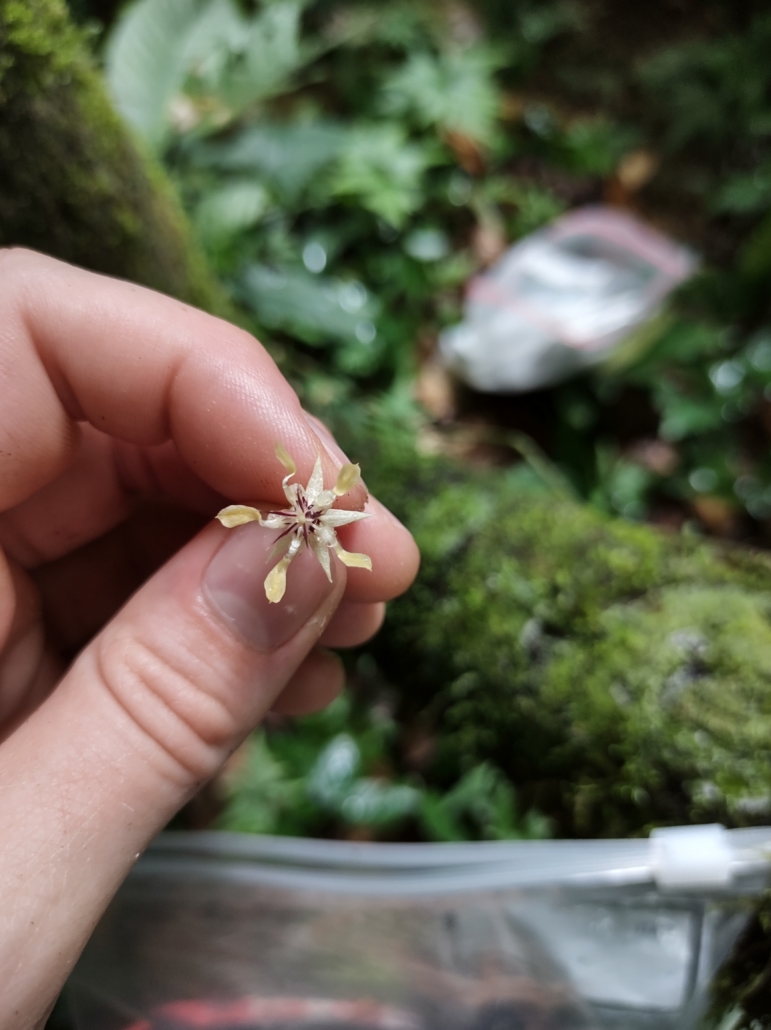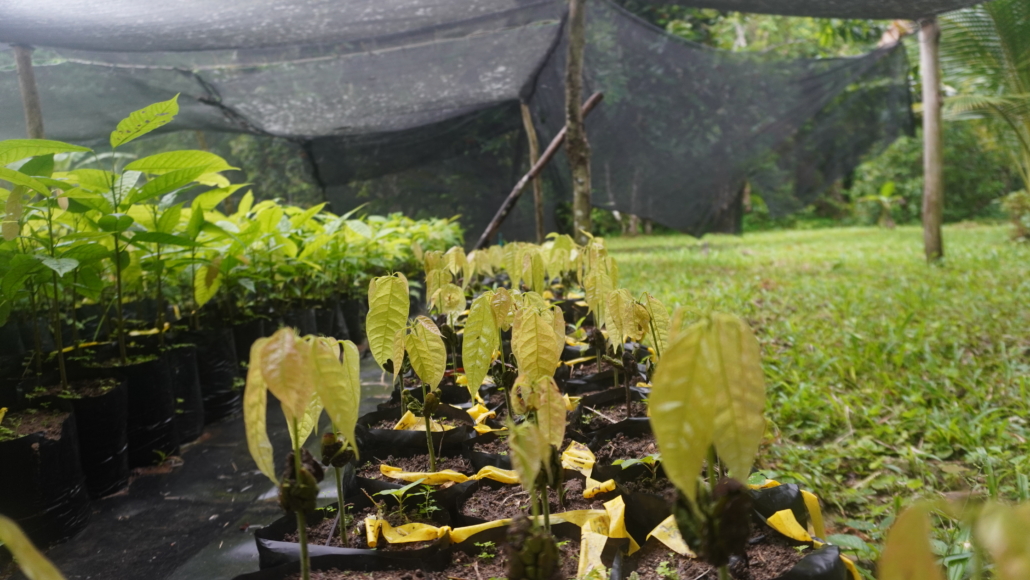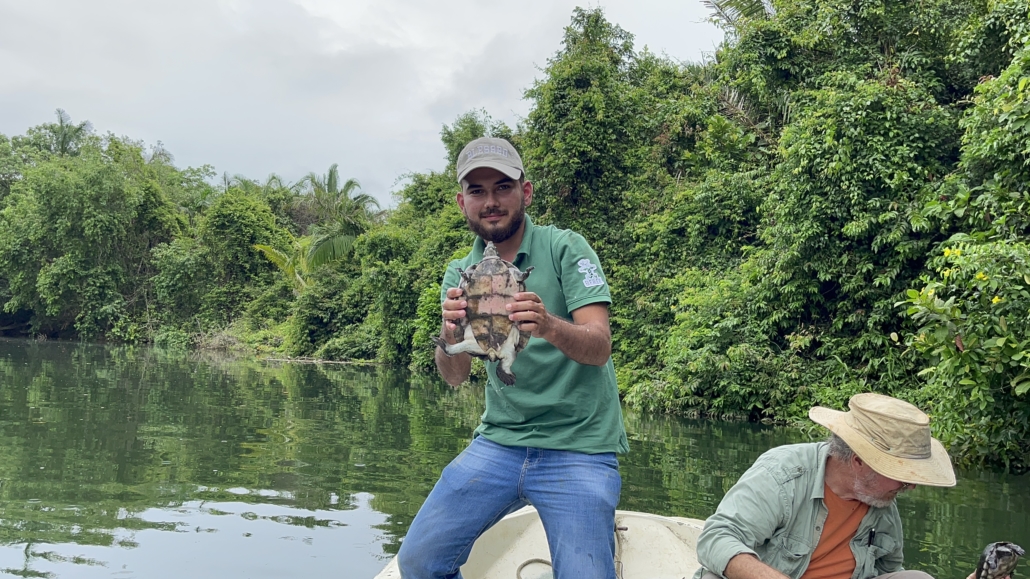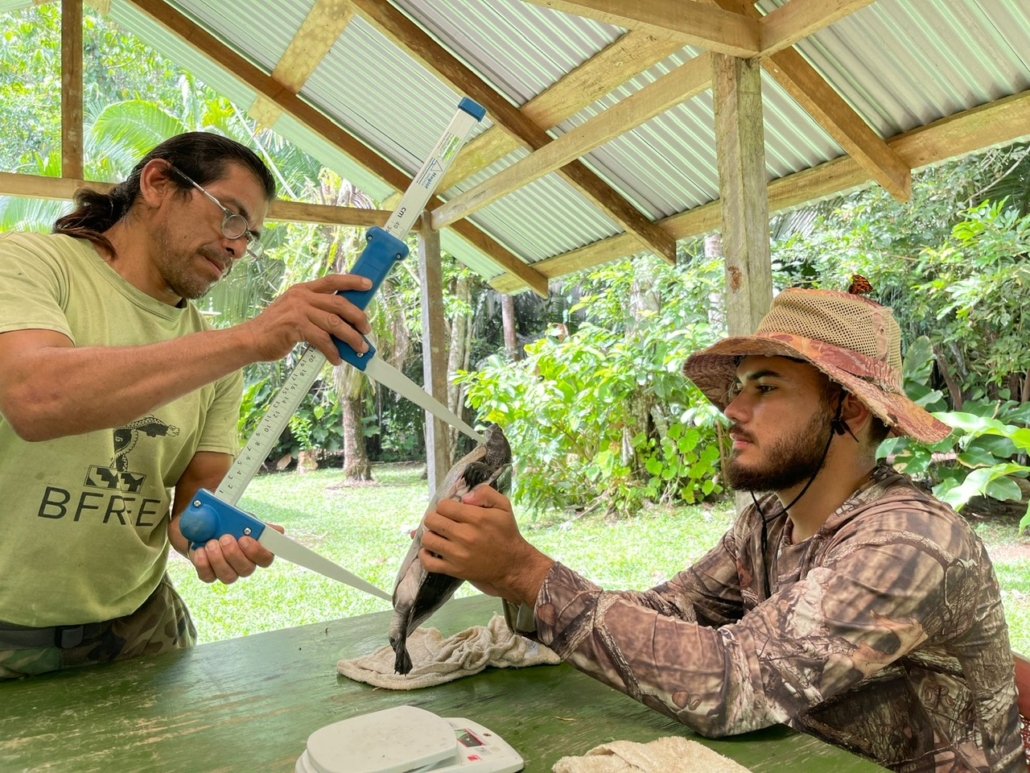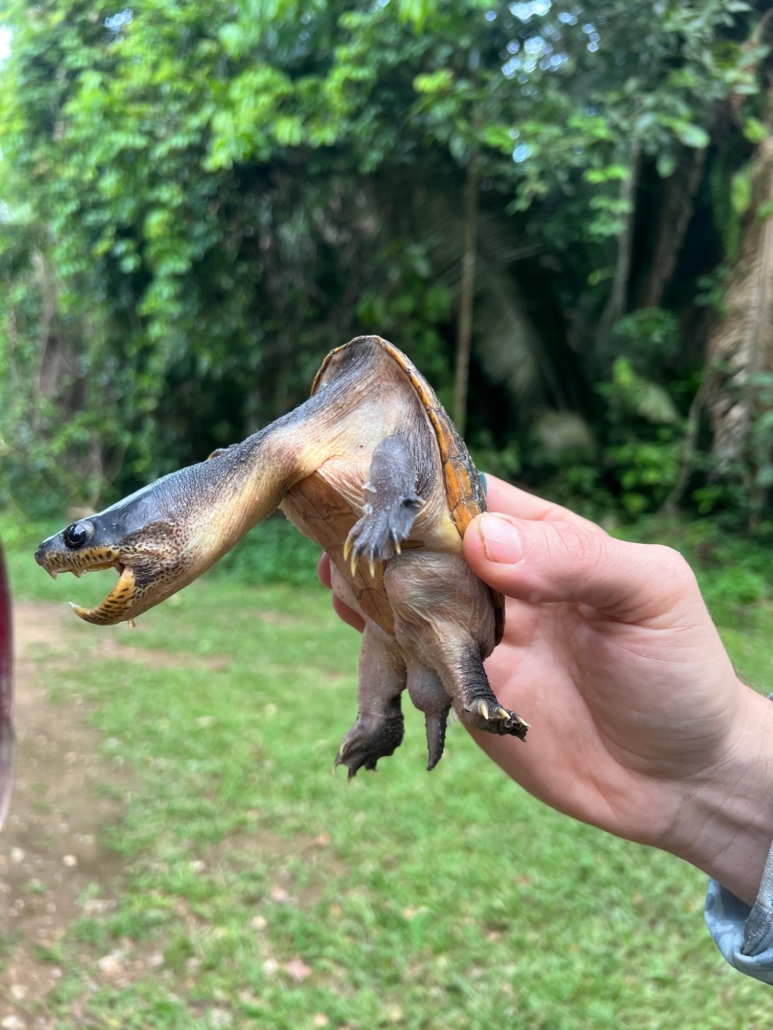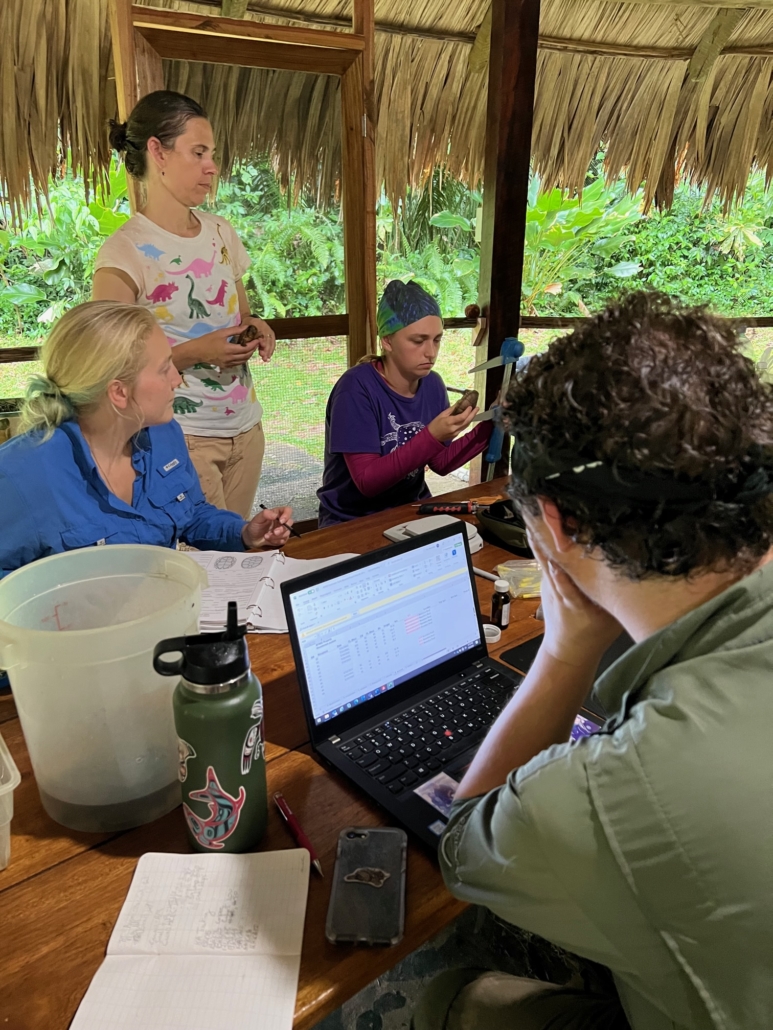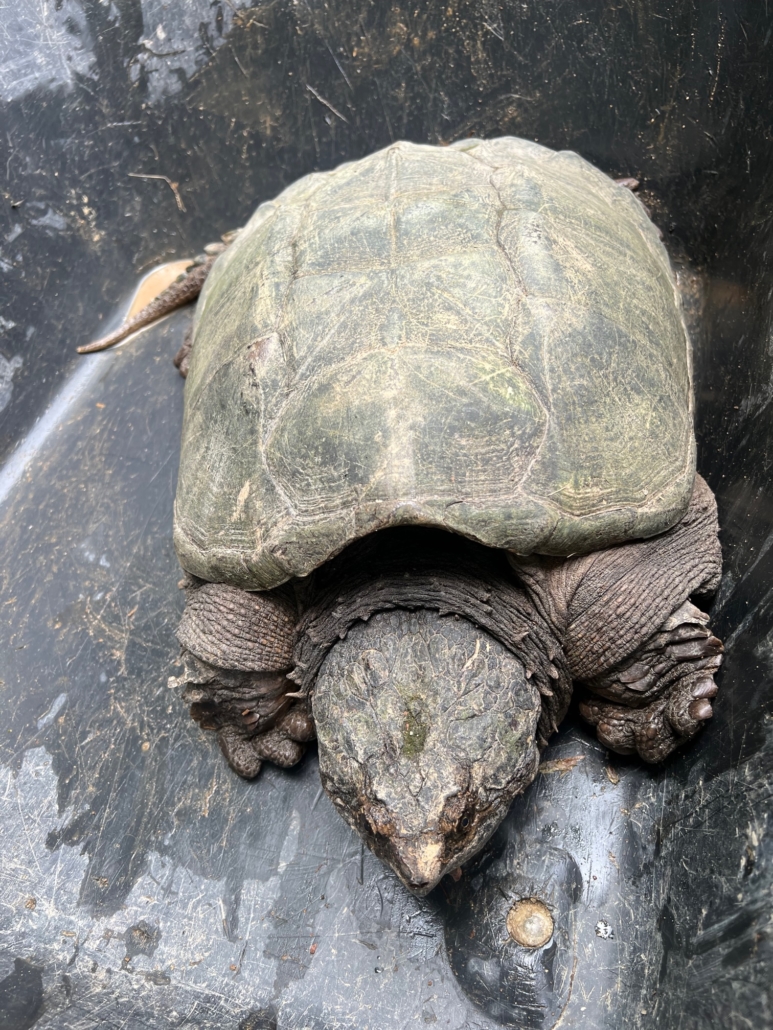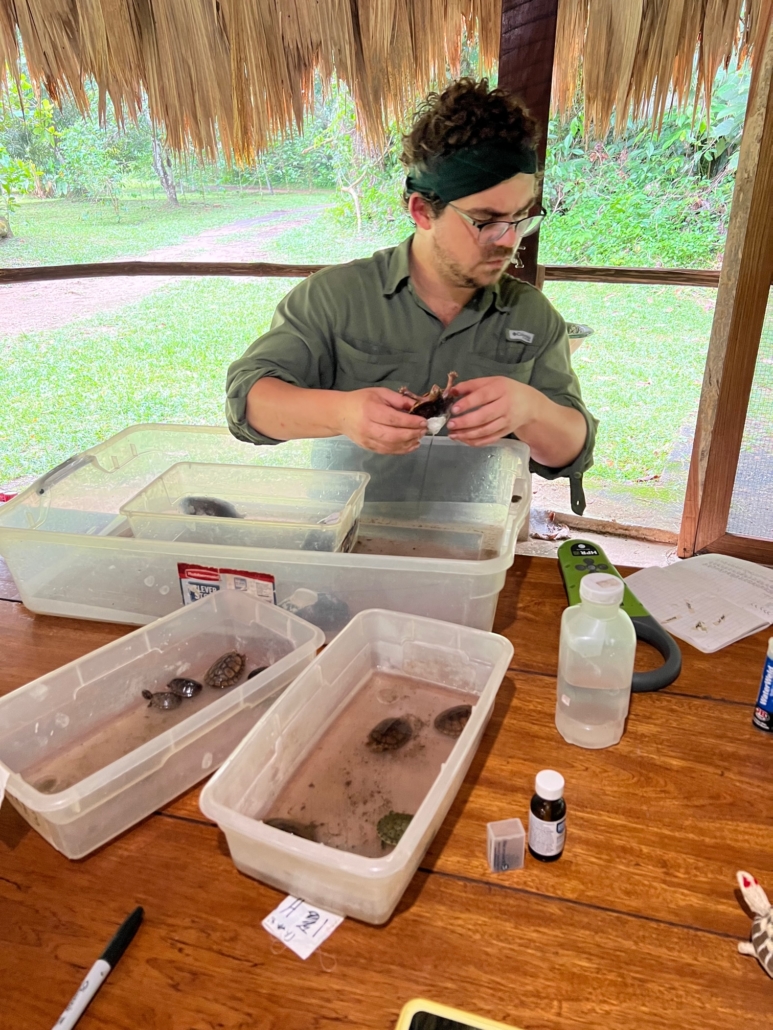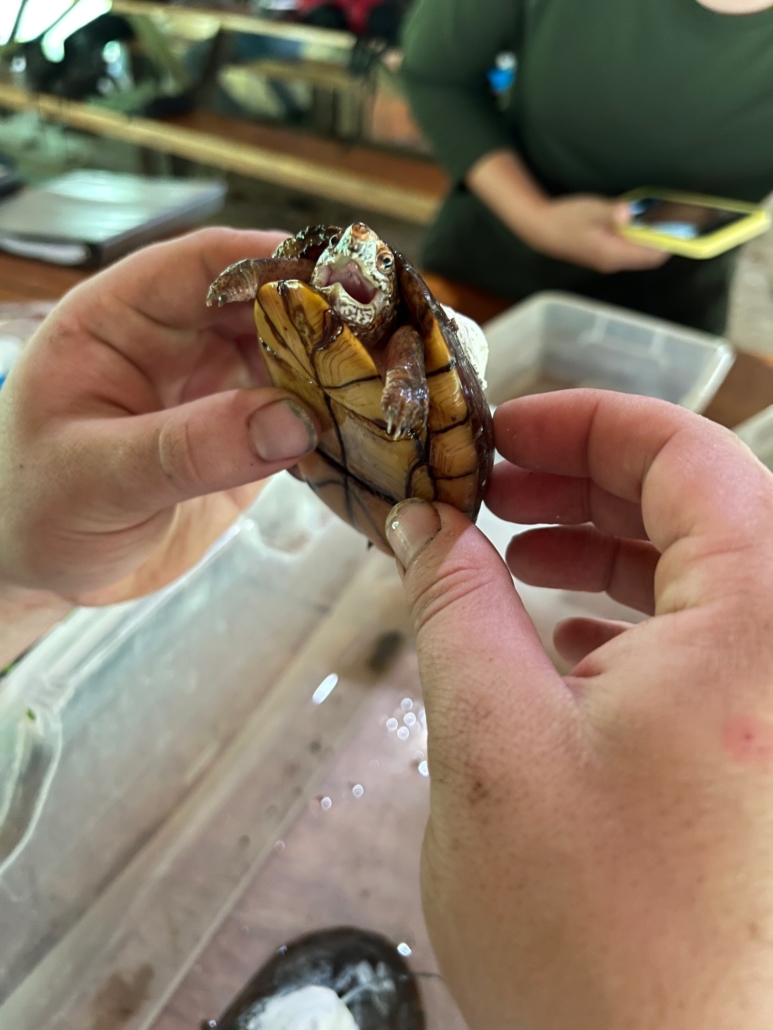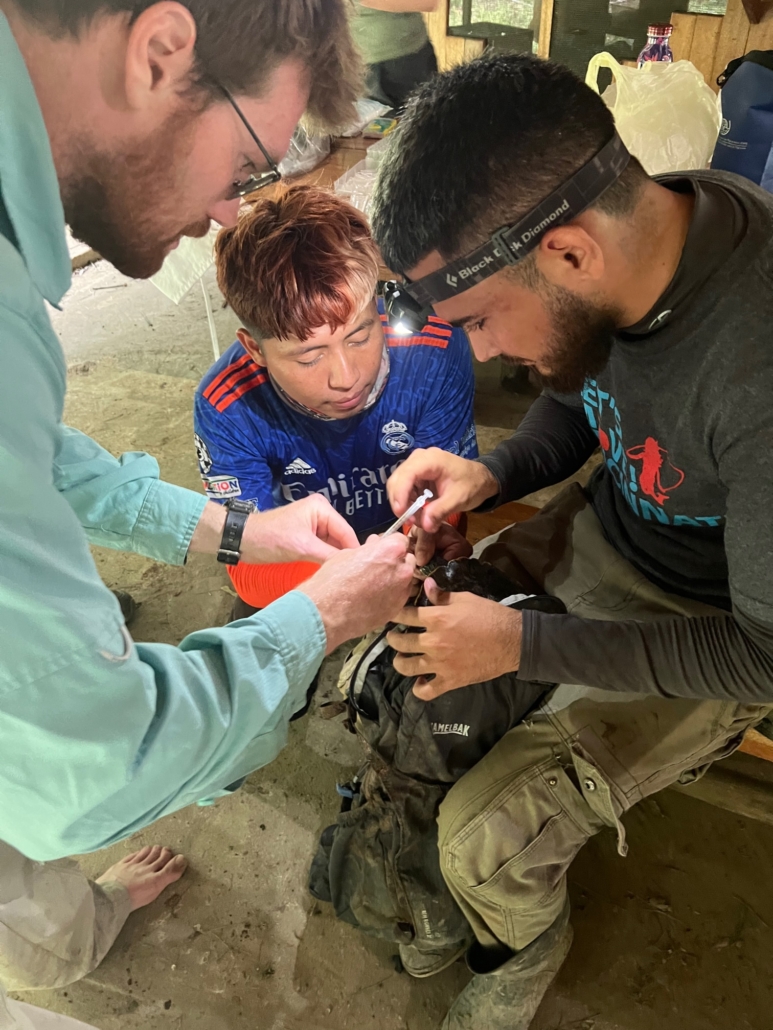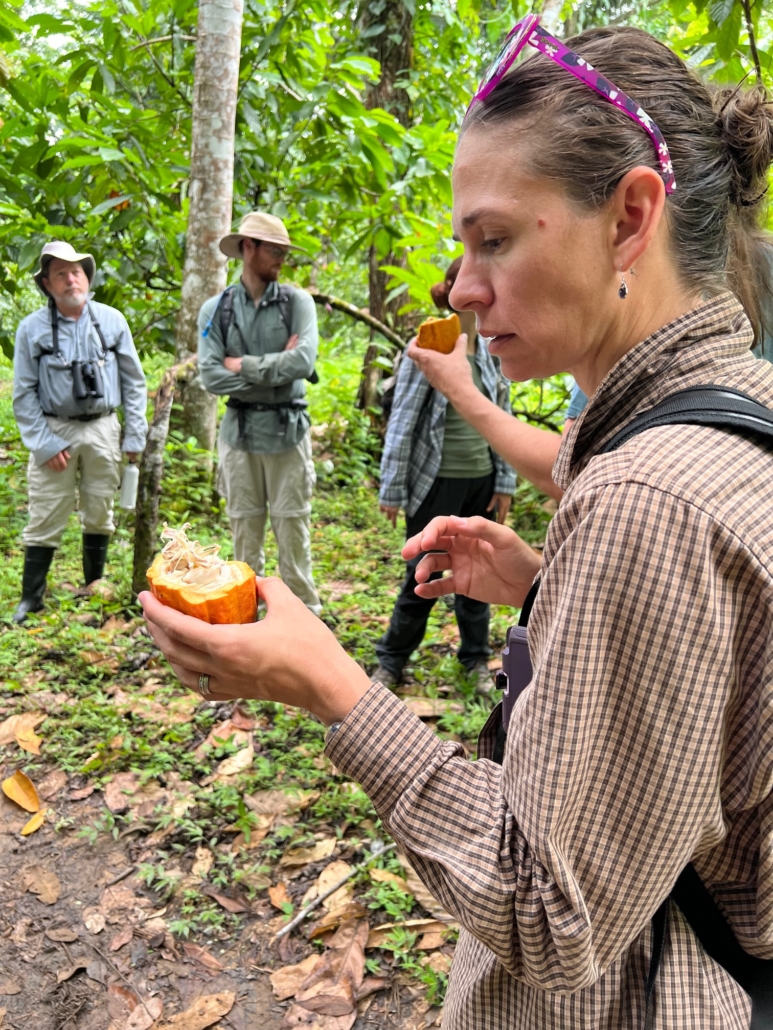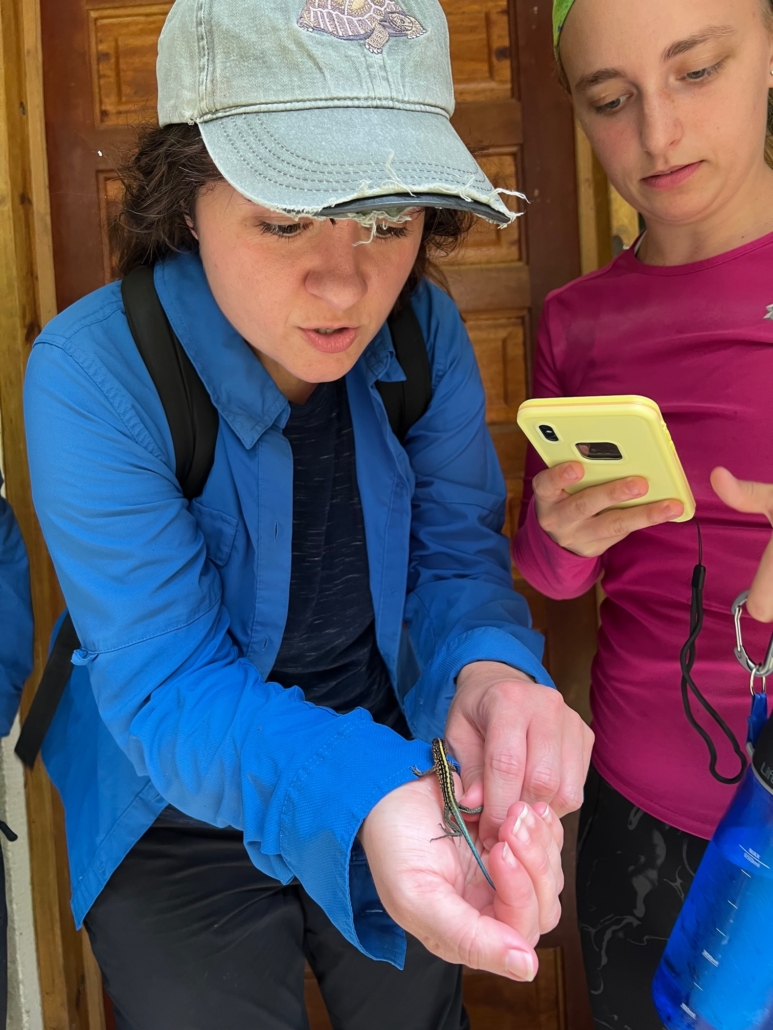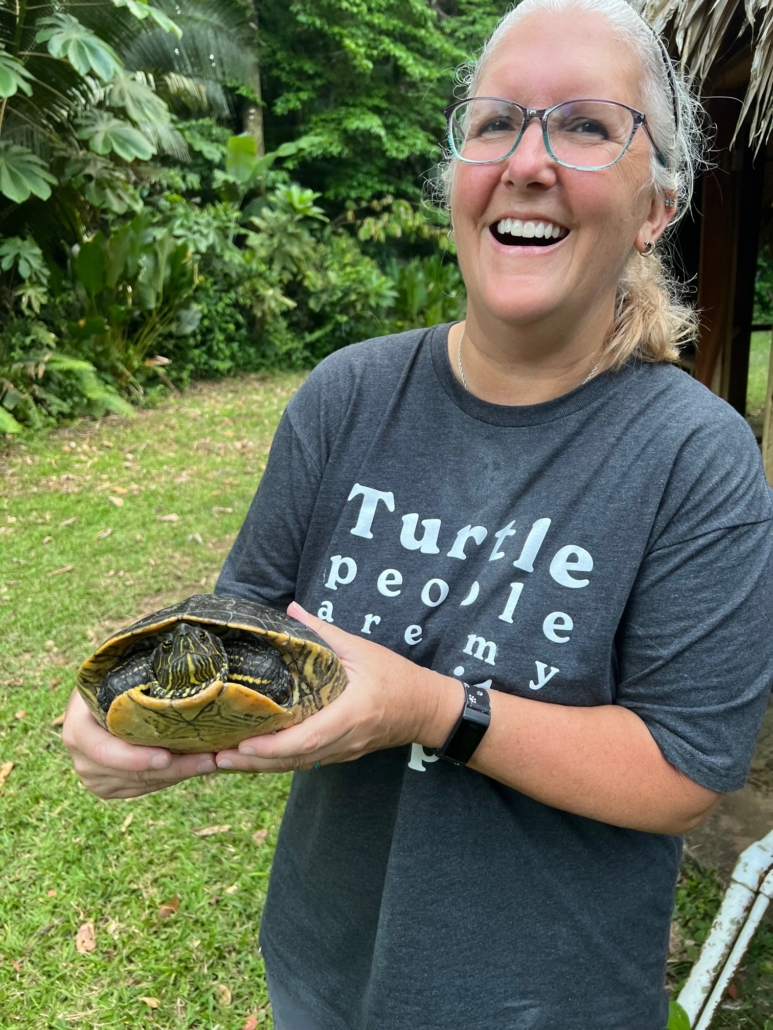The Science of Fine Chocolate
by Jacob Marlin
The flavor attributes of chocolate, especially fine flavor chocolate, is determined by numerous factors: 1. Genetics of the cacao, 2. The farming practices implemented, 3. The location, biophysical features, and climactic conditions of where it is grown (also called terrior), 4. The time of harvest, 5. Fermentation protocols, 6. Drying methods, and finally the chocolate-making including, 7. Roasting and, 8. The final recipe. Each of these factors has tremendous variability and requires specific expertise to successfully implement the management and interventions.
Fermentation is a critical aspect in flavor development and final acidity of a finished chocolate bar. You can’t hide bad fermentation in chocolate. If the beans are over-fermented, they yield an undesirable, wet “barnyard” type flavor. If they are under-fermented, the results are an astringent attack on your tastebuds that causes your mouth to pucker.
Even with the best farming practices producing the finest beans, if the fermentation is not done to its fullest potential the results will be disappointing at best. Our work to determine this important stage in producing some of the world’s finest chocolate is an important part of our current efforts.
BFREE began a collaboration with Dancing Lion Chocolate in Manchester, New Hampshire, to begin to determine the best fermentation protocols for Criollo cacao. Crioco Cacao’s Operations Manager, Elmer Tzalam, and I managed the fermentation experiment at the BFREE Field Station. Because there is no information on successful fermentation of the rare and ancient Criollo cacao, we had to undertake our methods based on limited information. We instituted three separate fermentation protocols and upon completion sent these batches to Dancing Lion Chocolate, where my good friend and colleague Rich Tango-Lowy and my son, Shaman Marlin, processed the beans into chocolate using a standardized roasting methodology. These three profiles were then molded into exquisite artfully designed hand crafted limited release specialty chocolate bars. Dancing Lion Chocolates is not your typical chocolate shop. Each bar is a work of art – visually dazzling and delicious. And chocolate is made in small batches and only one time in that exact way, they never repeat the same recipe twice. Rich has used BFREE Criollo cacao in the past on a few specialty bars and bonbons. After visiting BFREE with his wife, Torene, and Dancing Lion’s Baker, Donna McLintock, we began a conversation on how to improve and refine our fermentation methods.
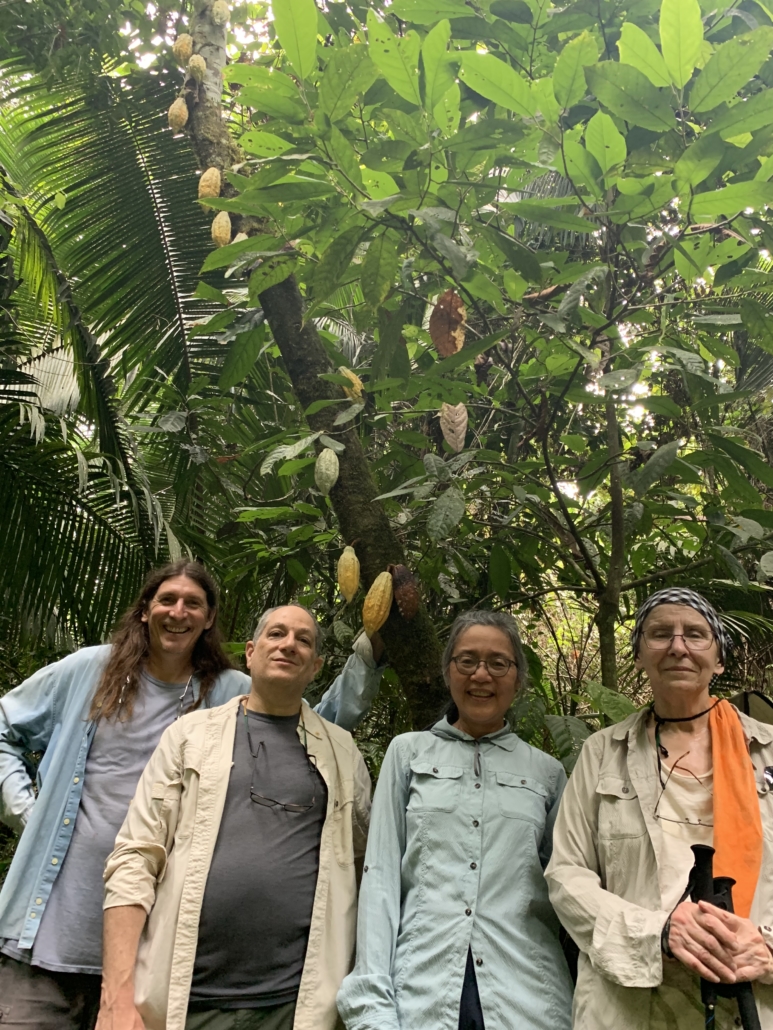
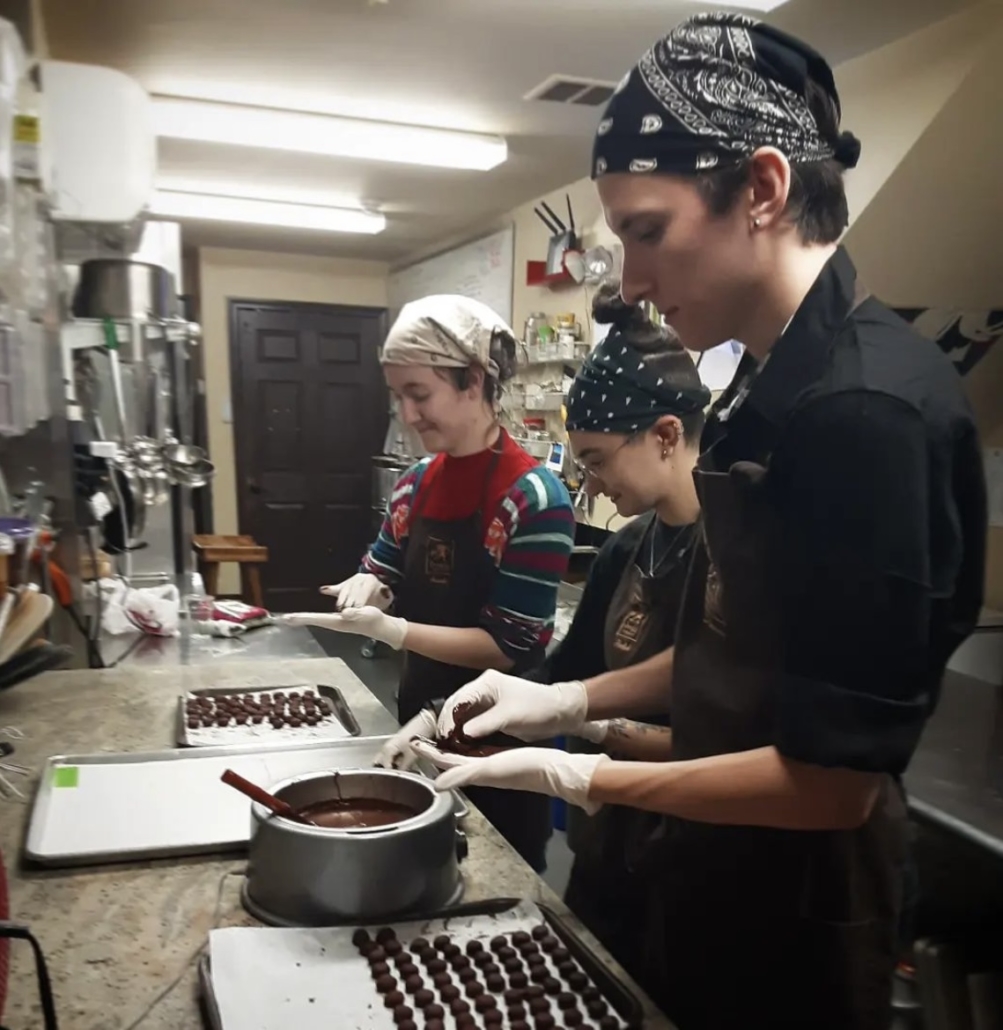
I’m thrilled to announce that our initial collaboration was a success. Chocolate from these three different batches will be sold this year through Dancing Lion Chocolate. I’m especially proud to acknowledge Shaman Marlin who has been working at Dancing Lion for over a year and was responsible for making the chocolate in these bars! A very limited supply will be available in the shop and online after Thanksgiving. The bars can be identified by Criollo I, Criollo II, and Criollo III.
By determining the best fermentation protocols based on continuous feedback, revisions can be made until the process reveals the unique flavor attributes intrinsic to this unique cacao. In 2016, the BFREE cacao beans and chocolate were designated “heirloom fine flavor” by the Heirloom Cacao Preservation Fund (HCP), one of only 16 cacao varieties throughout the world to receive such an honor. In order to get designated “Heirloom Fine Flavor”, beans are submitted to HCP blind, meaning the chocolate maker, in collaboration with Guittard Chocolate, does not know where the beans were sourced. Once made into chocolate liquor and chocolate, it is tasted, also blind, by a 9-person panel made up of the world’s most expert chocolate tasters. If the flavor meets a very high mark, the beans are designated Heirloom. Based on those results and additional feedback and reviews, we are confident that this Criollo cacao is unlike any other cacao in the world, and this inspires us to continue our efforts to master the process, from the nursery to fermentation to chocolate bar.
